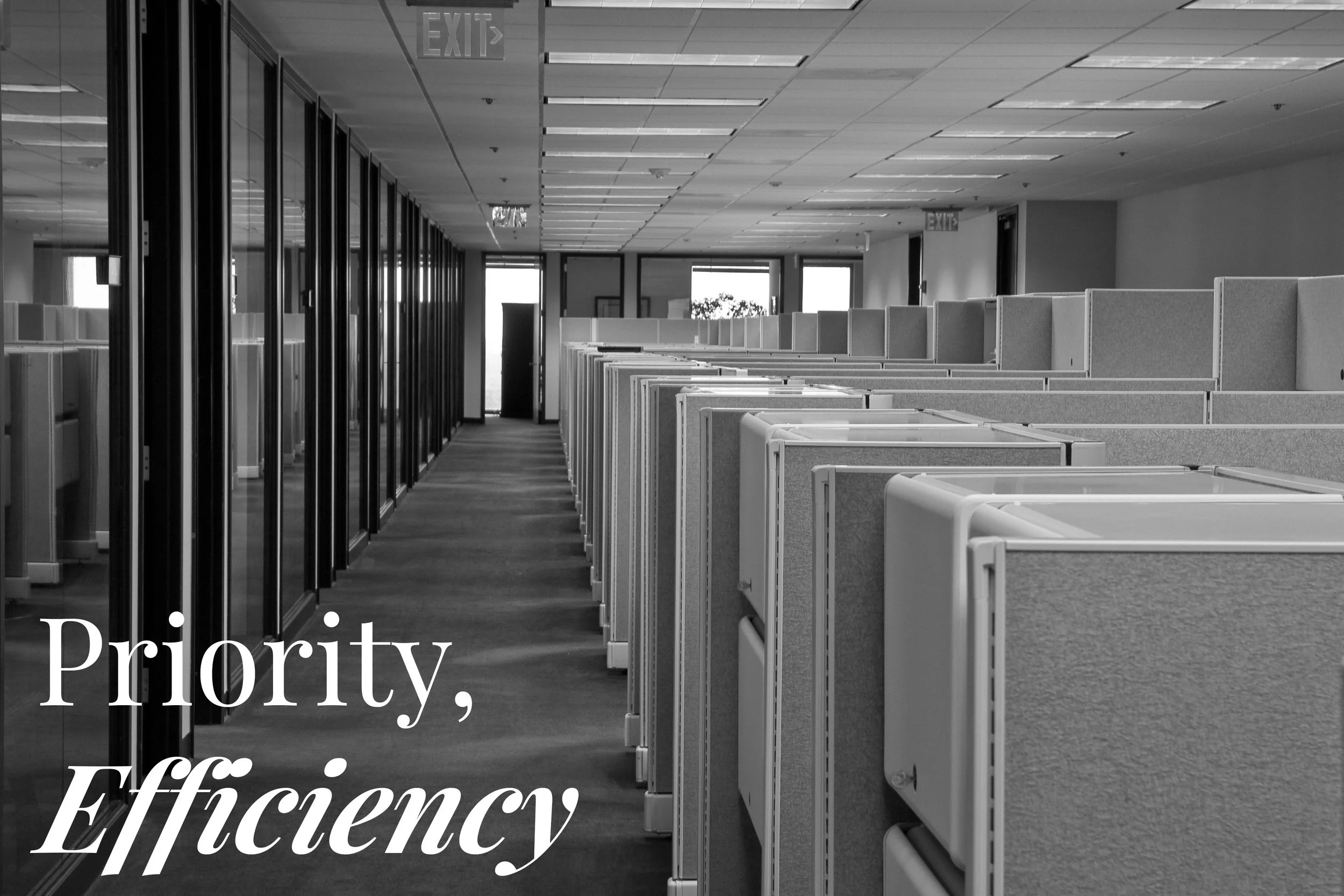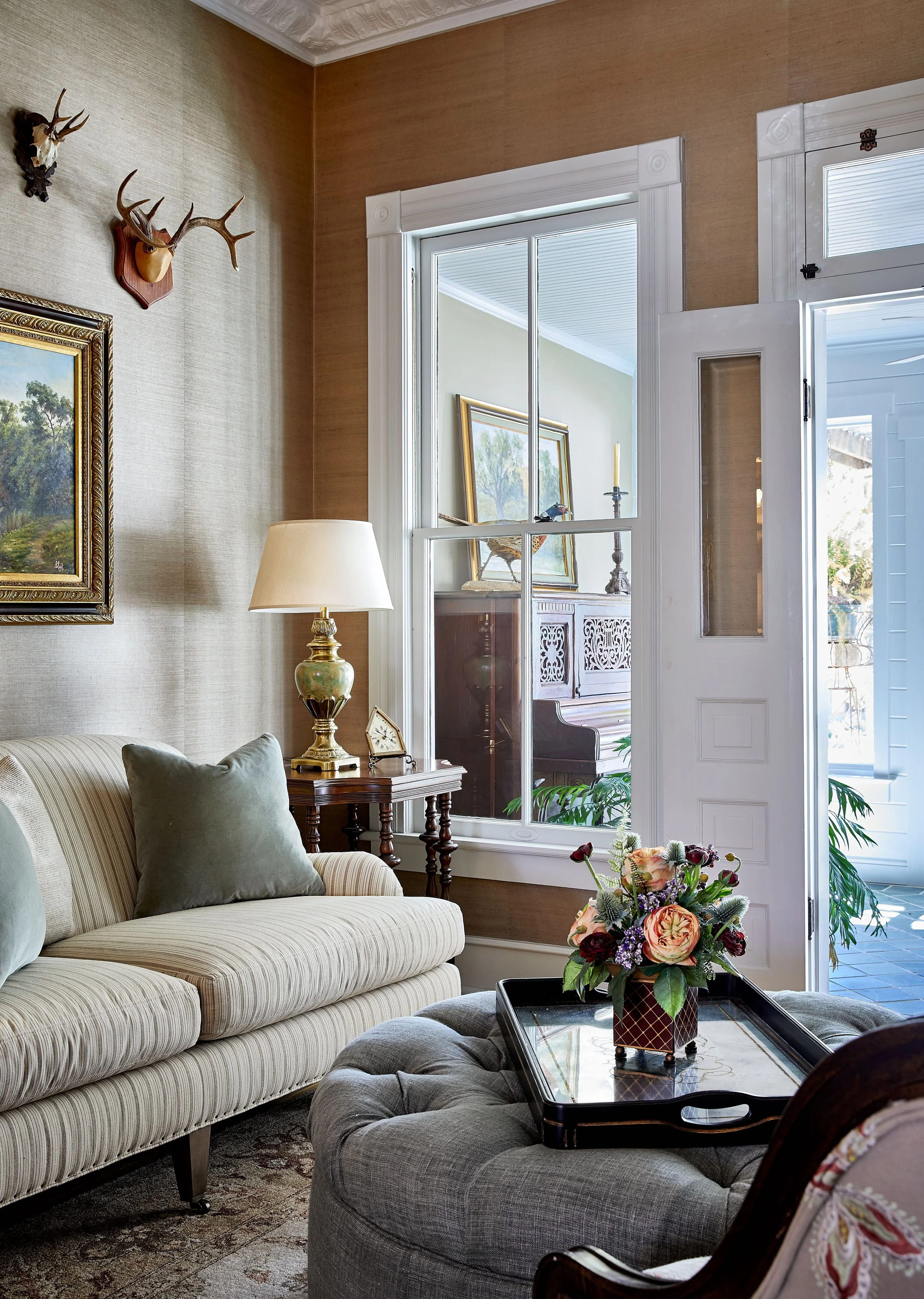Changing Times Changing Design
Over the past few years, much digital ink has been spilled about the pandemic and many blogs have begun with words to the effect of, "covid has changed everything." While it may even be becoming cliche to say it, it really is true, and we are only at the beginning of seeing how those changes will play out in our lives.
One of the most striking things for us about the past two years has been how Covid has changed the patterns and rhythms of our lives, especially with regard to where we go to do what. Since the industrial revolution, for over 150 years, the vast majority of people left home to go to work somewhere else. This itself was a change from a world where 95% of the economy was home based and around local agricultural practices. But our era was one where work and home life were for the most part very separate places. We worked at work and we rested/played at home. The two were separated by miles of paved roads, and the spaces we designed for them were, as you'd expect, very different.
What were work spaces for before?
The work environments of the past decades were cleared of distraction and color, prioritizing efficiency (think cubicles), hierarchy (a corner office of your own), professional and impersonal (business suit conformity). I'm sure you can think of more ways that this played out.
So what did these desires mean for design? Lots of white walls, muted carpets, with accents of dark hardwood to give feelings of status or prestige, cubicles, meeting rooms, sterile break rooms.…..pretty boring actually, which pretty much sums up turn of the century corporate design. Of course these are generalizations and before covid there were, in many industries, movements away from this already, but for most, this was what work looked like.
One exception proved this rule for me when I visited the office of a South African friend who ran a global financial consulting firm in Boston. I was totally shocked to walk into a room blazing with bright colors on every surface and people quietly working away at wooden desks, not what I expected of a corporate finance firm.
What do we ask of our homes?
Away at work and school all week, we were at home and awake for only a few evening hours on the weekdays and then the two days of the weekend. Home was our retreat from work for relaxation, play, rest. So what did this make of our interiors? Large living rooms with big sofas facing large televisions come to mind. What do we need on a Saturday morning after a week away at work and school? A big place to be together in, to lounge, relax, have a lazy morning. You want large, open kitchen dining/living room combinations to make space for dinner time get-togethers with family and friends.
But all of this changed with the virus. Offices shut down, businesses shut down, schools shut down, which meant remote work, remote schooling, remote life. Everything went "remote," at least from the perspective of our employers. For most of us though, it would be better described by saying, everything came home: home work, home school, even home shopping. And that meant everybody was at home. . . . all . . . the . . . time.
So what did we start asking of our homes? Well now they need to be places we can rest as well as work, study and play, be together and be apart. You can't do two remote classes for the kids and a conference call for dad at the same dinner table in an open plan kitchen. So people started looking for more rooms, perhaps smaller ones, offices, basements, attics, anywhere to get away. To highlight this, the real estate industry had a boom of people moving further from the cities to afford larger and quirkier houses with extra rooms.
The changes weren't just practical though. Since we were at home so much more, all of a sudden people started looking around and thinking, "you know this is really boring, I want some more color, more interest, more spark." We've been working so hard at work for so long that we haven't had time to stop and look around our homes and ask "What they could be?" Covid gave many people that moment to ask the question, what do I want from my home? Actually, this mass reevaluation of what homes are for has really carried the whole design industry through the pandemic. The commercial side, on the other hand, has been very quiet.
Back to the office, but a changed world.
People will go back to work away from home and the movement has begun already, but in what form? It is a changed world. Businesses are finding that people really like working from home and that it actually works.
So what will entice people back? What will that mean from a design perspective? We believe that these two questions are absolutely tied together. There has to be a "why" to a space, and it has to be somewhere you want to be. Would you trade your home office for a cubicle? Not if you didn't have to.
Throughout the pandemic, the residential side didn't just carry the economy and design world, but it shaped the way we think about the rest of the world too. The results I imagine, will be fantastic, innovative commercial interiors that offer amenities that we don't have at home. These, and the socialization aspect will draw people back to commercial office spaces. Brand identity blended with consideration for lifestyle, health, & wellness. All the best of home but at work.
So, the commercial design world has decided that to figure out what this change should look like, they really have to listen to the people that are going to use the space, find out what they care about, what their hopes and dreams for work are, what they need from a space. In other words, they have to actually take the time to get to know people. Which, of course, is the heart of what we do at Slaughter Design Studio and is what we've done all along. Our design work flows straight from the hearts of the people we work with. This can only happen if we care first about and take the time to get to know you.
We'd love to hear your thoughts on these questions. What do you think? How has the pandemic changed the way you see your home, and what you ask of it? If we didn't have to go back to the work environments of the past decades but reimagined them, what would we change? What about a work environment makes people want to be there, when they could be in their pajamas at home? Just email us. amy@slaughterdesignstudio.com.
*These writings are a collaborative effort between Slaughter Design Studio and Ben Rodgers, Pivotol. We do the designing and thinking, they capture it in words and “essence” so we can share it with you!



